It’s more than twenty years since the last Bausch&Lomb compound microscopes were made. You won’t see them equipped with modern features like computer connectivity or the ability to take digital photographs without modification, still for most of the 20th century, Bausch and Lomb compound microscopes were some of the best available for purchase.
Since I’m a curious being, I’ve for long been fascinated by the unseen micro world, so the microscope was a much desired tool. I’ve even built some of my own, but the performance was too low to be worth mentioning. Finally I managed to get a nice Bausch&Lomb compound binocular microscope, marked as 31-74-26 .
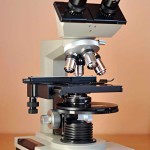
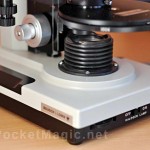
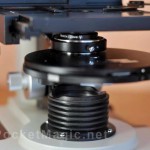
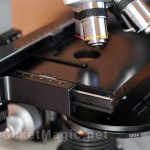
Features and specs:
Model: Galen 3 (?)
Manufacture year: ?
Style: Inclined Binocular
Serial #: 31-74-26
Eyepiece: Wide Field 10X
Nosepiece: Quadruple
Focusing: Coaxial coarse & fine adjustment
Stage: Graduated mechanical stage
Objectives: 4x, 10x, 40x, 100x (oil): A4/0.10 160/-, A10/0.25 160/-, A40/0.65 160/0.17, A100/1.25 160/0.17 (oil)
Substage: Abbe Condenser 1.25 N.A. with rack & pinion
Light Source: Variable intensity control 6v 20w
Power input: 110V
This unit also features phase contrast accessory however the objectives, while a set of B&L matched objectives, are not optimized for phase contrast. Abbe condenser, iris diaphragm and variable intensity quartz lamp. Mechanical stage that is tight and works perfectly. The binocular head has dual diopter adjustments. A few interesting details here and here.
Simple mod for 220V power input
As I got this unit from the USA, it was designed for 110V outlets. I had to change it to take 220V. In it’s original form, it came with a 110V / 6V transformer, a voltage adjustable regulator, and a 6V/20W halogen bulb.
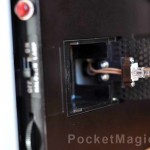
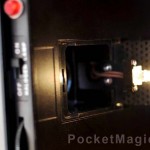
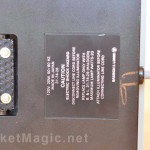
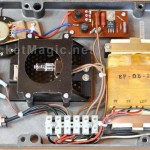
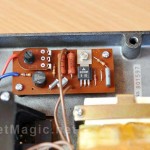
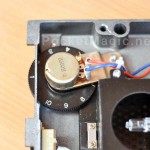
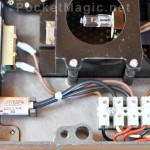
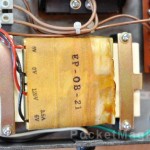
I only changed the bulb, for a 12V 20W one, and the power plug for 220V European outlets. Powering the unit at 220V will double the transformer’s output, in this case 12V. This is a bit hard for the transformer, but it works good. I just need to be careful when adjusting the light to maximum level, as this makes the transformer heat up in a matter of minutes. I might change this electronic setup later.
First micro photographs
This microscope doesn’t have a digital camera adapter, as explained above. But taking pictures via the eyepiece is not that hard. Having my camera set on manual settings (including the focus) did a decent job:
Onion skin cells
The cells of an onion skin are generally rectangular in shape and range in size from 0.25 to 0.4 millimeters in length (250-400 micrometers):
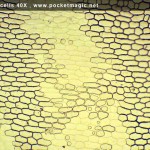
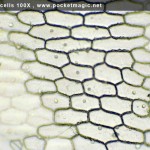
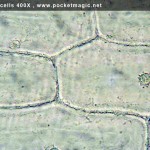
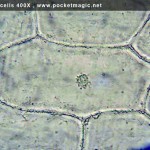
Live spider (no spider was hurt in the process, but it was hard to focus the little moving guy)
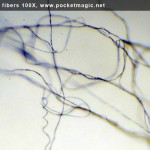

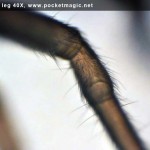
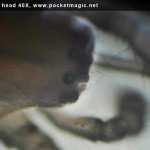
I will post other microphotos from time to time.

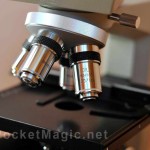
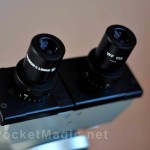
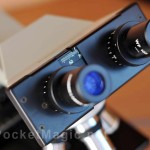
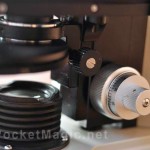
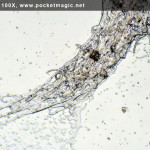
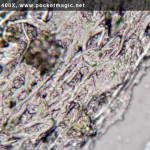
I purchased a 100X Bausch & Lomb microscope I need to purchas slides for it both clear and fixed slides. Please tell where to contact for purchase. Thank you 540-628-0783
Hi Kathy ,
What can I do for you?
Old post, I know. Still…the “31-74-26” is not the serial number, it is the replacement bulb number.
I’m wrong, sorry. For Leica, it’d be the bulb. These were made by Leica, sold by B&L for a few years.
Thanks!